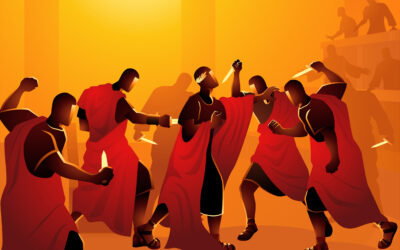One of the most infamous scandals in sports history is the 1919 World Series, which was fixed by players on the Chicago White Sox. This scandal is commonly known as the Black Sox Scandal. The White Sox, heavily favored to win the series against the Cincinnati Reds, secretly conspired with gamblers to throw the games for money. Eight players were implicated, including stars like “Shoeless” Joe Jackson and Eddie Cicotte.
The motive behind the fix was largely due to players’ dissatisfaction with the team’s owner, Charles Comiskey, who was notoriously stingy despite the team’s success. Many players felt underpaid and saw an opportunity to make more money by intentionally losing. Gamblers, led by Arnold Rothstein, orchestrated the deal, offering large sums of money to the players to ensure the Reds’ victory.
While rumors of the fix circulated during the series, it wasn’t until almost a year later that the conspiracy was publicly exposed. In 1920, the players involved were tried for their role in the scandal. Although they were acquitted in court, Major League Baseball took swift action. Commissioner Kenesaw Mountain Landis banned all eight players from professional baseball for life, regardless of the court’s decision.
The scandal left a lasting stain on baseball’s reputation, and the players involved, particularly Shoeless Joe Jackson, remain controversial figures to this day. Despite his stellar performance during the series, Jackson’s involvement in the fix remains hotly debated. The Black Sox Scandal was a pivotal moment in baseball history, leading to major reforms in how the sport was governed to ensure the integrity of the game.
Related Articles
The Ides of March—A Day of History and Superstition
The Ides of March (March 15) became infamous due to the assassination of Julius Caesar in 44 BCE. The Roman leader was betrayed by a group of senators—including his friend Brutus—leading to one of...
The History of Barcodes—The Lines That Changed Shopping
Barcodes are one of the most important inventions in modern retail, but they didn’t become popular overnight. In 1949, a graduate student named Norman Woodland was inspired by Morse code to create a...
The History of St. Patrick’s Day Parades—A Celebration of Irish Pride
St. Patrick’s Day is closely associated with Ireland, but the first St. Patrick’s Day parade actually took place in New York City in 1762—organized by Irish soldiers serving in the British army....





